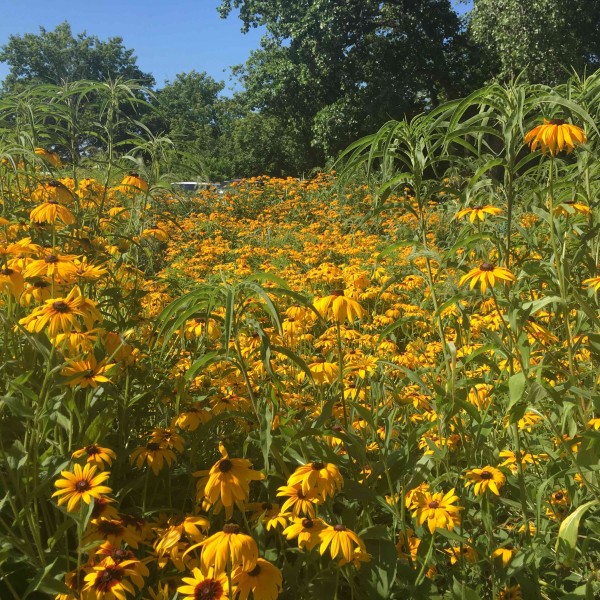Soil Quality as a Result of of Anthropogenic Influences on Macroinvertebrate Diversity in Cedar Glade 2019
Murfreesboro, Tennessee
A cedar glade is a specific habitat found only in the Middle Tennessee area (Morris,2002). It includes many endemic species, including the Tennessee coneflower (Anderson, 1999).Cedar glades have small amounts of topsoil, only a few centimeters, due to the low numbers ofvegetation and the large amounts of limestone rock. This implies that small shifts in theenvironment can affect the overall soil health and soil quality (Baskin, 2003). For example, cedarglades have been removed or disturbed from their natural state by human intervention(Cartwright & Dzantor, 2015), population growth, and conservationally neglectful practices.Additionally, the local construction is forced to tackle with the high demands of populationgrowth and urbanization in the area, about 24% increase, and the problem with decreasing areaof cedar glades (Visocky, 2011). My research hopes to expand on how the human impact,including these examples, changes the soil of the habitat and how increased macroinvertebratepopulations may affect the soil health and quality of a rare habitat

